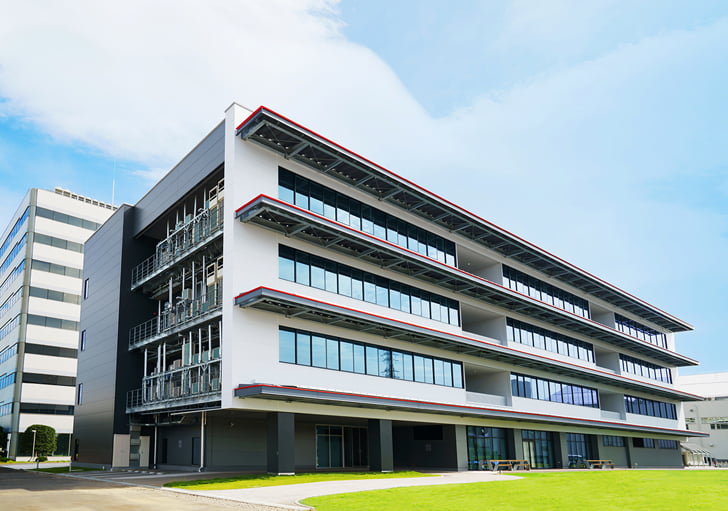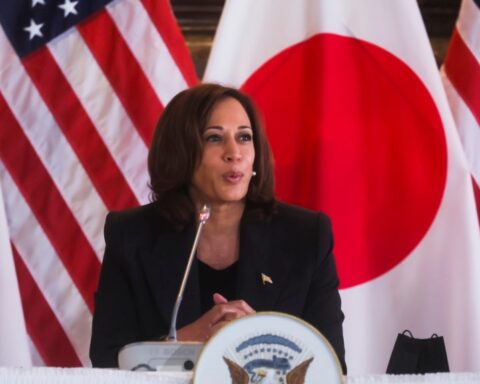In line with the company’s support for Sustainable Development Goals (SDGs), the facility will facilitate accelerated development and testing of increasingly common ZEB-compliant energy -conservation technologies as well as contribute to the realization of more comfortable and energy-efficient indoor environments.
ZEBs are buildings that offer comfortable indoor environments while maintaining annual primary energy consumption at or near zero through means such as thermal insulation, solar radiation shielding, natural energy usage and facility efficiency. As a ZEB Planner1, Mitsubishi Electric is contributing to the adoption of ZEBs by providing planning and business support to help companies develop their own ZEBs. The SUSTIE test facility will be used for wide-ranging demonstrations and verifications to accelerate the further development of ZEB technologies. Research and development will be advanced in accordance with Mitsubishi Electric’s ZEB+®2 philosophy. The concept for SUSTIE was developed in collaboration with Professor Shin-ichi Tanabe of Faculty of Science and Engineering at Waseda University in Tokyo; the SUSTIE was designed and construction supervised by Mitsubishi Jisho Sekkei. The name “SUSTIE” combines the words “sustainability” and “energy” to express the idea of an office for researching and demonstrating energy conservation and comfort.
- 1System operated by Sustainable Open Innovation Initiative, a public body in Japan, to register and certify corporations that support ZEB implementation.
- 2Mitsubishi Electric’s concept for enhancing building functionality, including services for maintaining value in terms of productivity, comfort, convenience and business continuity throughout a building’s lifecycle.





